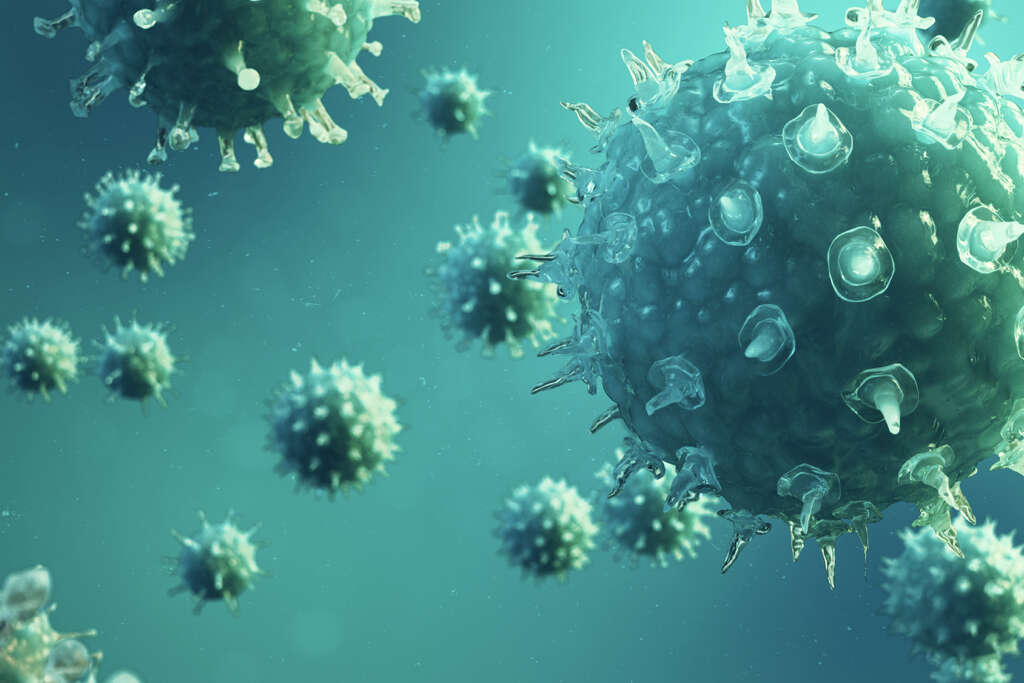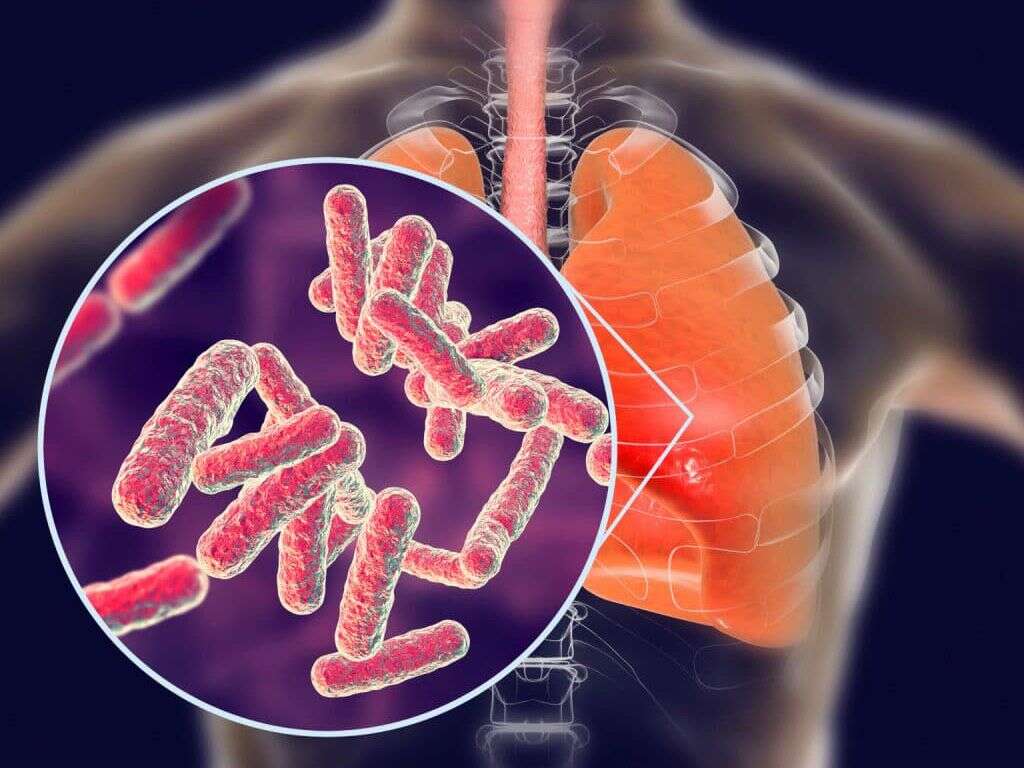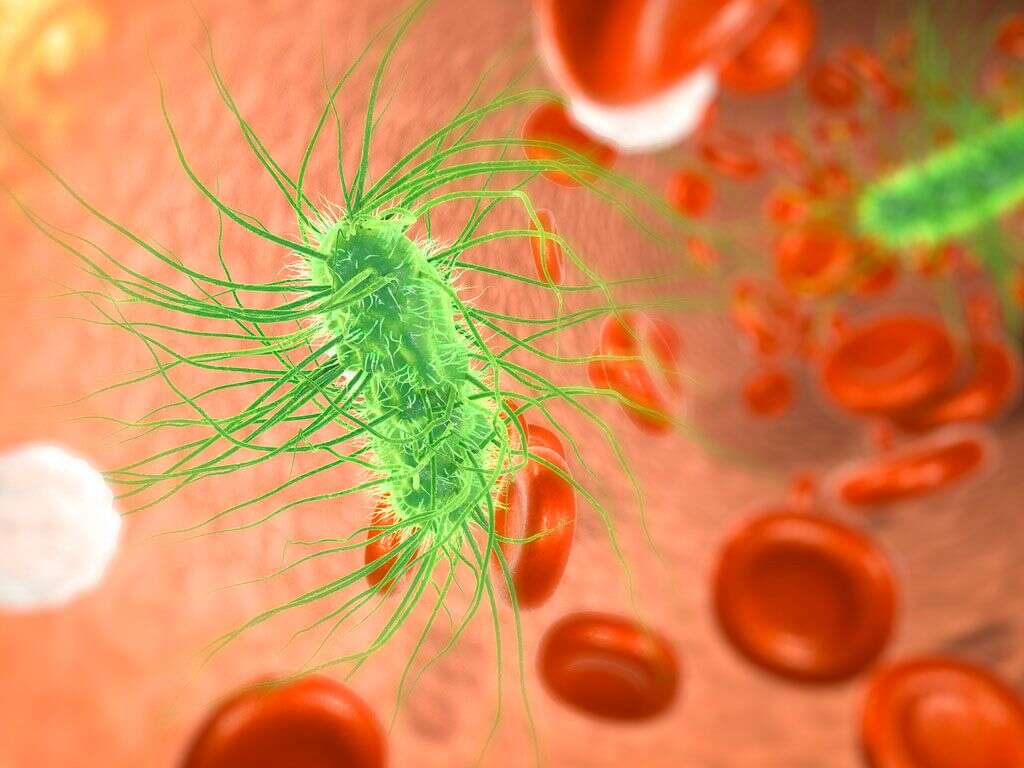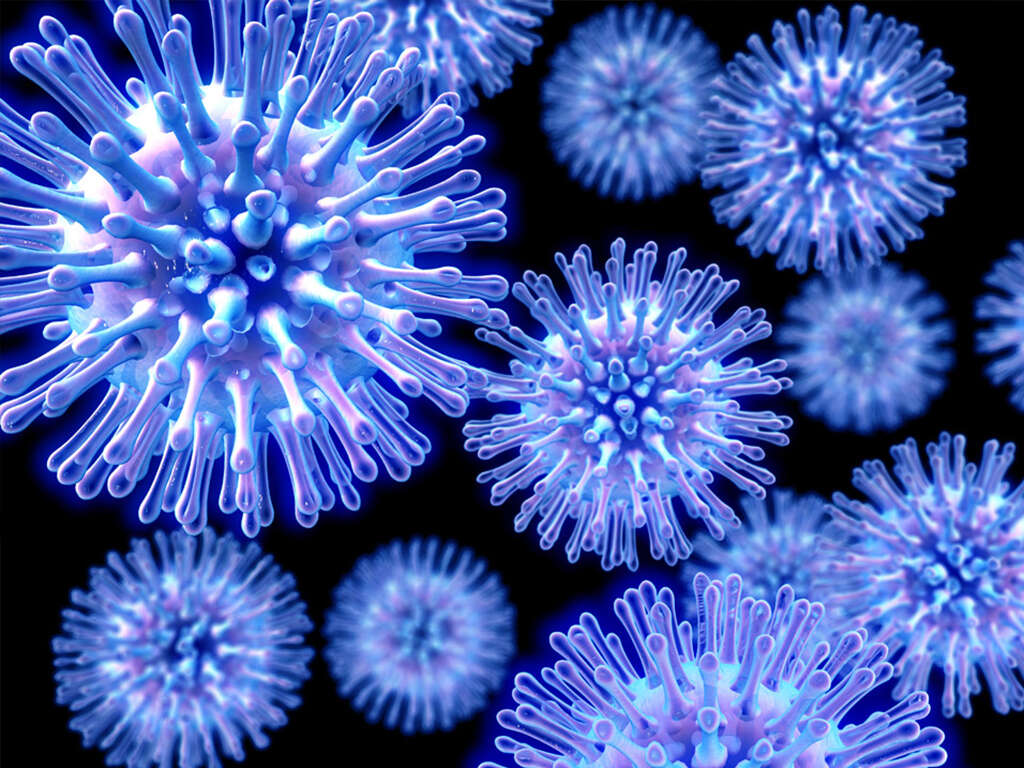What Is a Pathogen?
2. Types of Pathogens - Viruses
Viruses are small particles containing RNA or DNA that usually measure between 20 to 300 nanometers in length. They replicate in the living cells of a host and can infect all life forms. Viruses can be found in almost every ecosystem on Earth.
A subspecialty of microbiology is the study of viruses, known as virology. Examples of diseases that are caused by viruses include measles, mumps, chickenpox, rubella, human immunodeficiency virus (HIV), Ebola, smallpox, and more. Viruses can spread through various pathways such as through vectors (dengue fever from dengue virus), fecal-oral route (viral gastroenteritis from rotavirus and norovirus), and sexual contact (HIV). Some well-known epidemics and pandemics include the 1918 flu pandemic, severe acute respiratory syndrome (SARS), Middle East respiratory syndrome (MERS), and novel coronavirus of 2019 (nCOV-2019).
Advertisement




-06.jpg)







